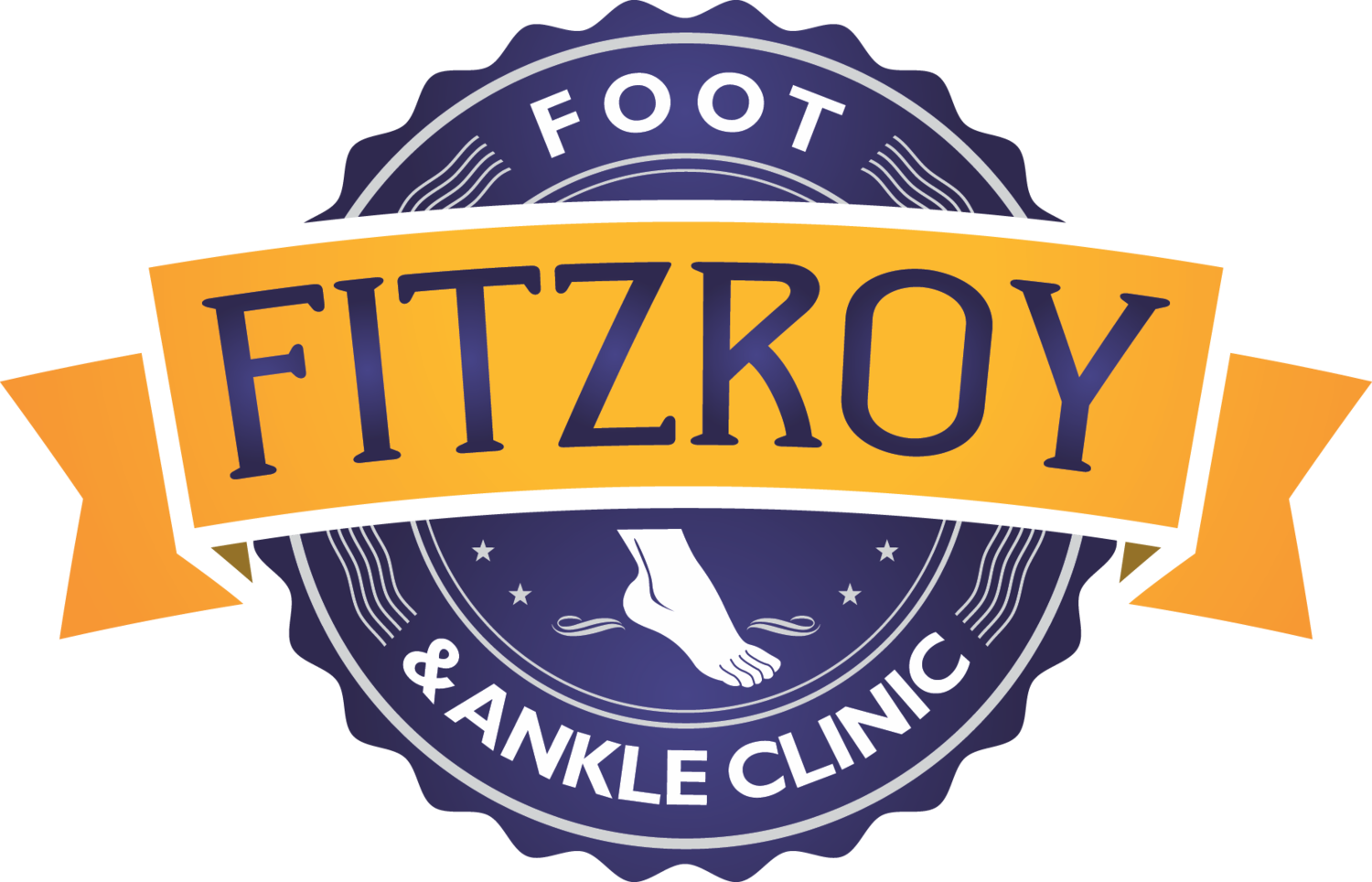Warts are a common foot condition that have several names including a verruca or plantar warts. They are caused by the human papillomavirus (HPV), which is passed between people through contact. Warts can also be spread via something called “auto-inoculation,” which means you spread the warts from one part of your body to another part.
Warts can occur on any part of the body, but let’s consider warts that present on the feet. Many people associate warts with poor hygiene, and can therefore feel self conscious about the fact they have one. Warts are not a reflection of one’s hygiene, and even those with very good personal hygiene, can get a wart.
What do warts look like?
Warts vary greatly in size, presentation and location on the foot. They often appear with areas of black discolouration (i.e. black dots) on the surface. These are tiny capillaries or blood vessels that become trapped in the skin.
Warts on the foot. This image was taken from DermNet New Zealand at dermnetnz.org
Some people find the wart causes discomfort, especially if it’s located in a weight bearing area. However, not everyone will experience discomfort. A wart is often more painful with lateral compression (i.e. squeezing the edges) than it is when direct pressure is applied. Regardless of pain or discomfort levels, it’s important to see a podiatrist to have the lesion properly diagnosed, because not all skin lesions are warts, and there are some lesions that can appear very similar to a wart.
How do you treat warts?
The body’s immune system is the first line of defence against the wart virus. If there has not been an immune response to the wart, treatment is focussed on jump-starting the body’s own immune response. Wart treatments vary depending on the size and location of the wart, a person’s lifestyle and activities, their current immune status, and their ability to tolerate discomfort.
Initial treatment options
There are several over the counter preparations that can work well for warts. These products usually include salycylic acid, which is applied to the top of the wart.
There are other “home remedies” that people may find works for them including duct tape or banana skin.
Podiatrist-led wart treatment options
The podiatrists at Fitzroy Foot and Ankle Clinic use several treatments, which are selected based on a conversation with you. Some treatment options include:
Liquid nitrogen, or dry ice. This focuses on “freezing” the wart and thereby promoting an immune response. It is important to note that this treatment option can cause discomfort.
Salicylic acid. This acid is applied at a higher concentration than those available over the counter. This is an effective treatment option that causes minimal discomfort.
Needling. This treatment involves using a needle to stimulate an immune response. A local anaesthetic is used to numb the area before the needling.
Curettage. The wart is cut out of the skin using an instrument called a curette.
Patients are provided with detailed information around what to do and what to expect in between consultations. We often provide additional padding to ensure it is comfortable to walk.
It can take time to achieve complete resolution of a wart, and in many cases multiple visits may be required, using a range of different treatment modalities. This is variable and depends on an individual’s immune status, compliance with the advice they are given, and the wart itself.
Warts are contagious, and whilst having a wart does not necessarily mean it will spread to become many, it is important to seek treatment and advice from a podiatrist.


